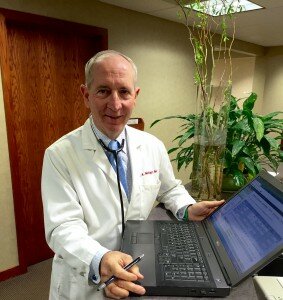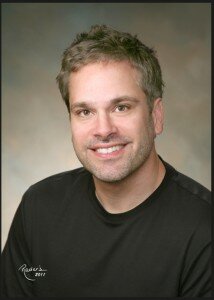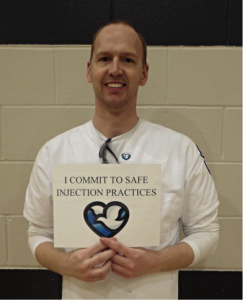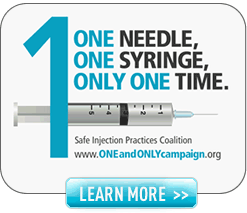
Dr Tom McKnight is a co-founder of HONOReform and a family physician in Fremont, NE
Everyone agrees that summer is meant for fun, especially fun in the great outdoors. But sometimes injuries happen in the pursuit of fun, resulting in a trip to the Emergency Department.
I practice medicine in a town that is near a state park. Thousands of people flock there in the summertime, boating and swimming in the pretty blue lakes. When I first began my family medicine practice 30+ years ago, our hospital did not have Emergency Room physicians. The primary care physicians on staff were called in to care for patients who needed to be seen. I wish I would have kept track of how many times I trekked to the ER to stitch up a camper from the state lakes, who cut himself on a piece of glass or during a fall while waterskiing. I think it would be interesting to know.
Sometimes the nurse who was helping me would bring out a vial of lidocaine that had been used for the previous patient. I wouldn’t know if the previous healthcare provider had used safe injection practices or if they had reused needles and syringes to access the vial, thus contaminating it. The vial was usually not labeled, either. I would direct the nurse to throw out the previously used vial, and use a new vial. Some of the nurses thought this was unnecessary and it took some time and thoughtful discussion before we all agreed on designating a vial for each patient.
With so many people at the lakes, we might have many emergencies at once. It was not unusual to have 10 people waiting to be seen when an ambulance would roar in and all the doctors and nurses would drop what they were doing and rush to participate in the code. The pace was stressful and fast – a combination that can lead to error. We all had to be on our toes at all times to make sure that every action was safe for the patients as well as the staff. During a code, many injections are given very quickly. With several healthcare providers standing close together around the patient, working rapid-fire, there was the possibility of accidental needlesticks and improper disposal of sharps.
Not long ago I myself was a patient at the ER. I was stung many times while harvesting honey from our beehives – the bees were not going to give up the result of their hard work without a fight! I swelled up like a balloon, and felt my throat closing. We rushed to the ER where I was given IV’s to reduce the swelling. I was so glad that the staff had had had the thoughtful discussions about injection safety. They saved my life that day, and protected me from any disease that could have been transmitted through unsafe injections.
Our hospital now has emergency room physicians on staff. I am grateful, and not just because it frees me from being called in at any time of the day or night. I am grateful for their knowledge of and committment to injection safety, because we are all patients at some time. Although I have given up beekeeping, I haven’t given up waterskiing; I just might need to be stitched up after a fall!




